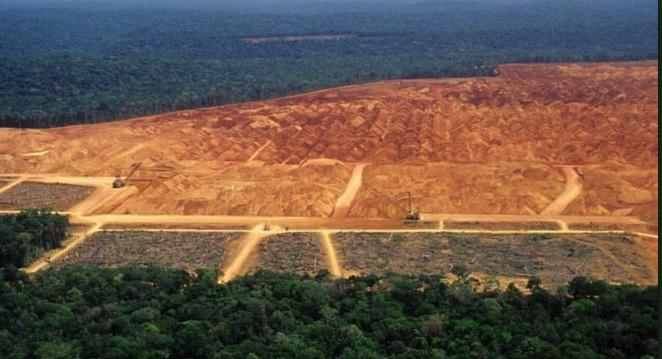
Preface. Humans are destroying the wilderness so quickly there it could mostly disappear in less than a century. Since 1993 the world lost an area twice the size of Alaska.
So kiss biodiversity, carbon sequestration, ecology, and a stable climate goodbye. To the extent this land was mined or otherwise developed, it won’t be available for the coming extra 3 billion people to grow food on either.
Alice Friedemann www.energyskeptic.com author of “When Trucks Stop Running: Energy and the Future of Transportation”, 2015, Springer and “Crunch! Whole Grain Artisan Chips and Crackers”. Podcasts: Practical Prepping, KunstlerCast 253, KunstlerCast278, Peak Prosperity , XX2 report
***
Watson, J.E.M., et al. 2016. Catastrophic declines in wilderness areas undermine global environment targets. Current biology 26: 2929-2934.
The Amazon accounted for nearly a third of the “catastrophic” loss,
showing huge tracts of pristine rainforest are still being disrupted
despite the Brazilian government slowing deforestation rates in recent years. A further 14% disappeared in central Africa, home to thousands of species including forest elephants and chimpanzees.
The loss of the world’s last untouched refuges would not just be
disastrous for endangered species but for climate change efforts, the
authors said, because some of the forests store enormous amounts of
carbon.
“Without any policies to protect these areas, they are falling victim to widespread development.
The team counted areas as no longer wilderness if they scored on eight measures of humanity’s footprint, including roads, lights at night and agriculture.
Watson said unique ecosystems were being lost, and there was no turning back. “What is critical about this paper is when you erode these wildernesses, they don’t come back, you can’t restore them. They will come back as something else, but you can’t restore them,” he said.

2 Responses to Humans destroyed 10% of wilderness in just 25 years